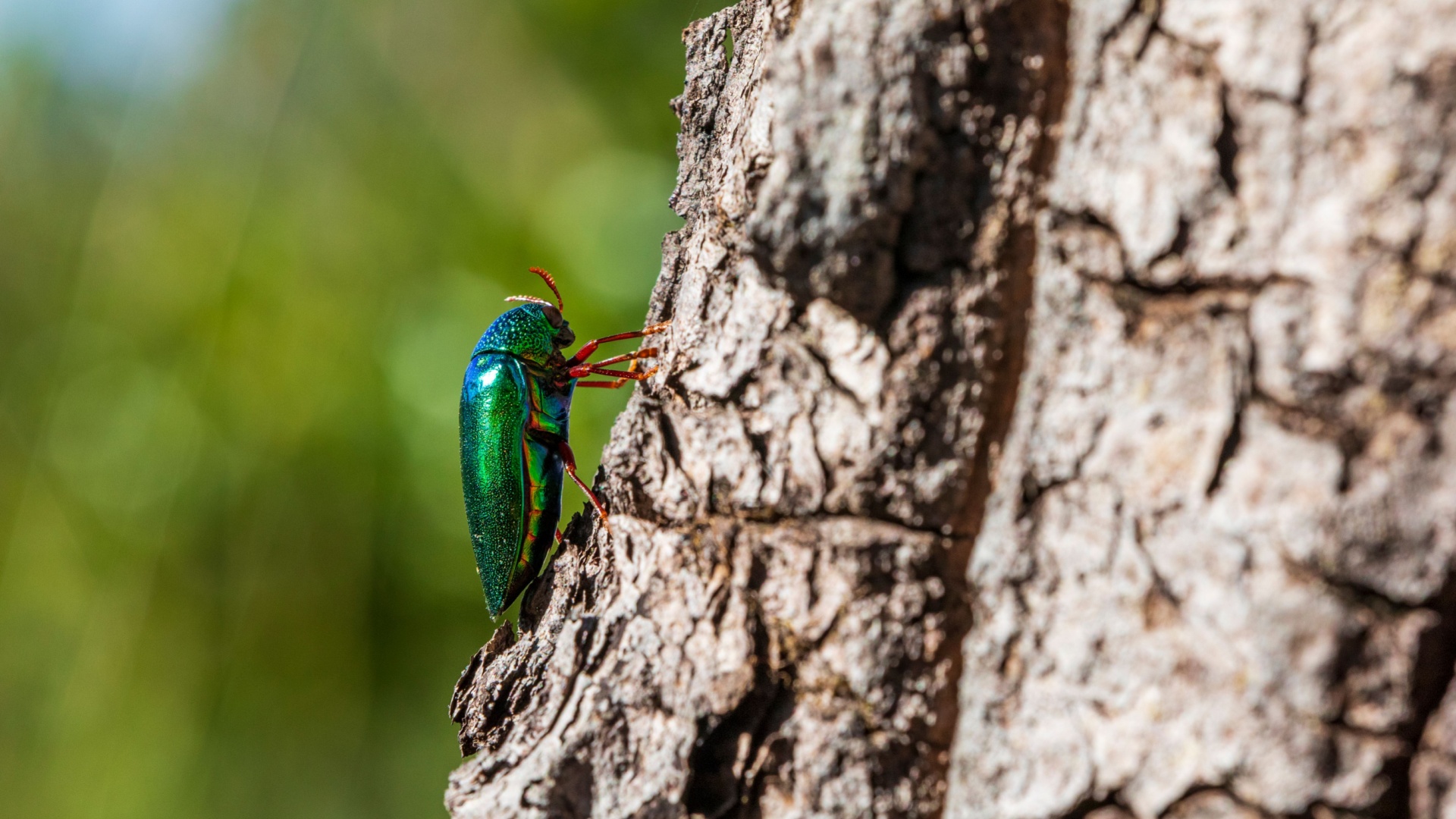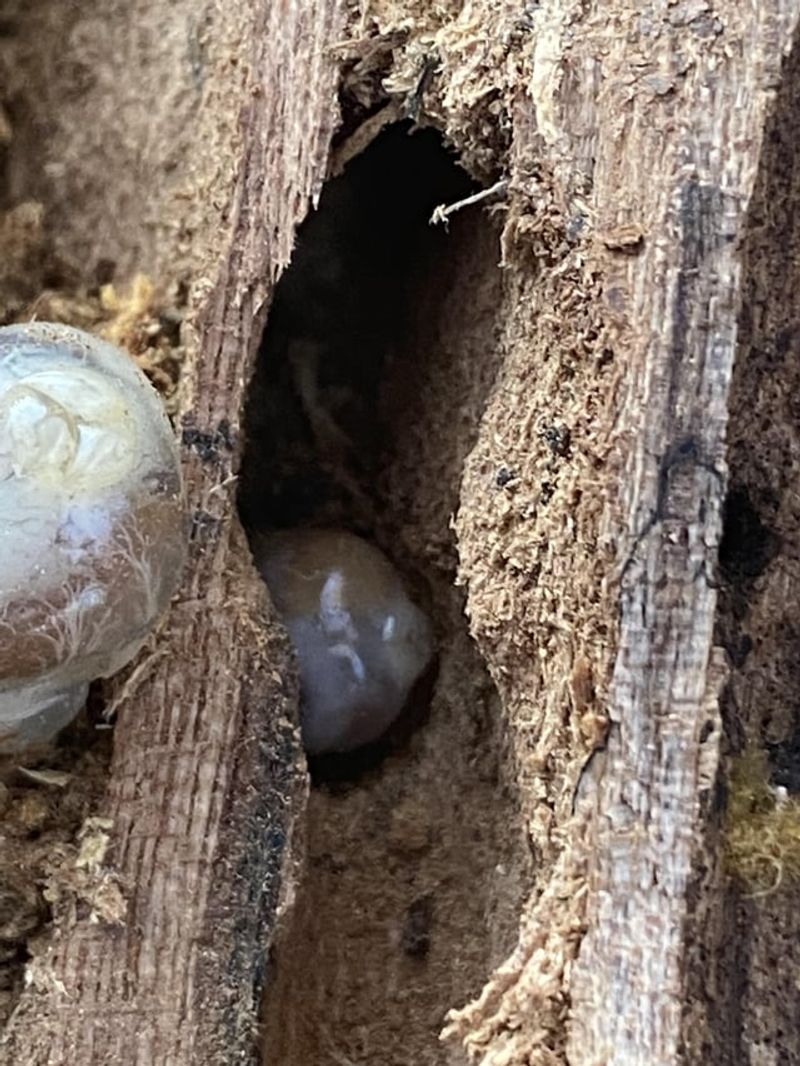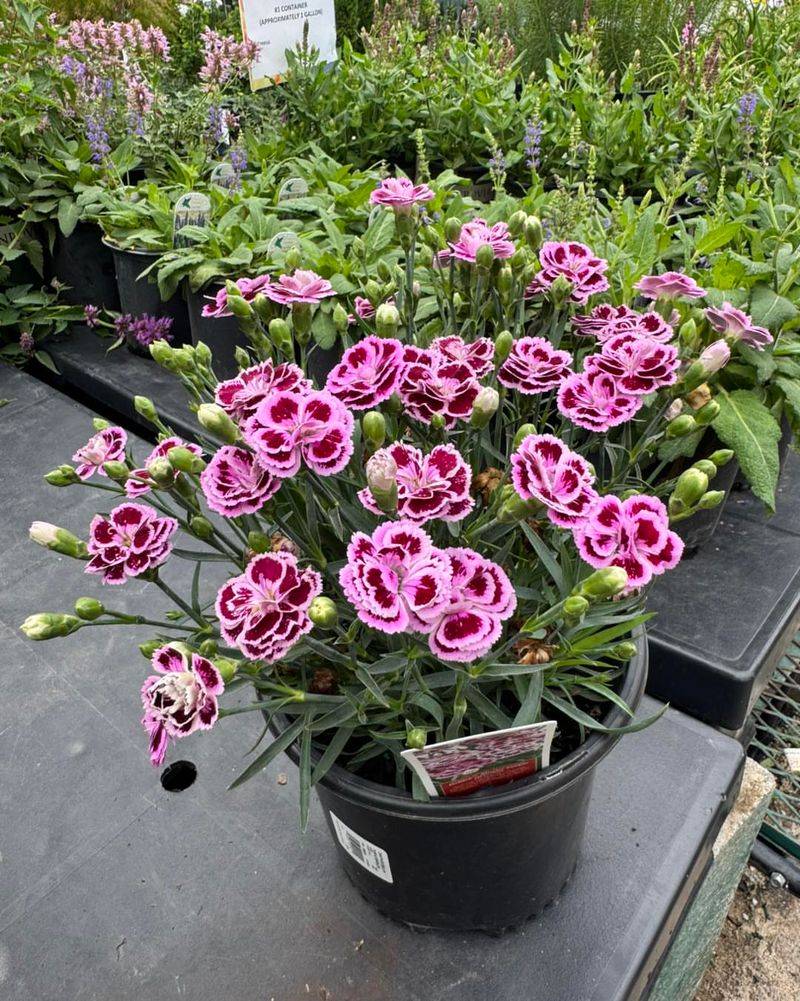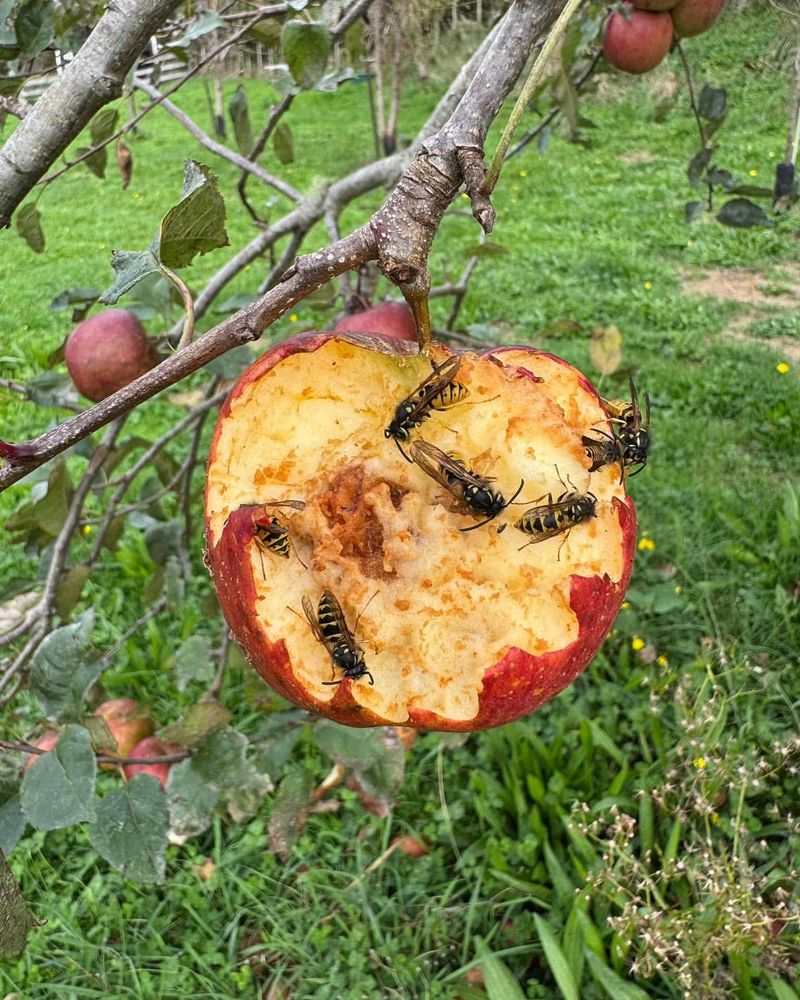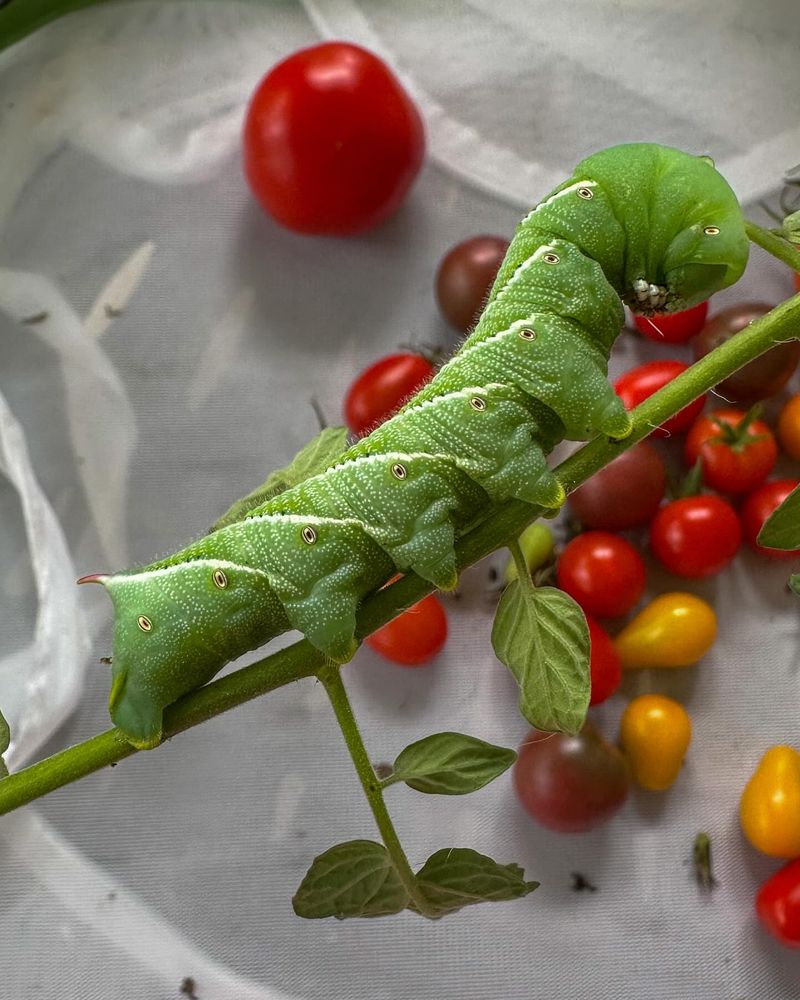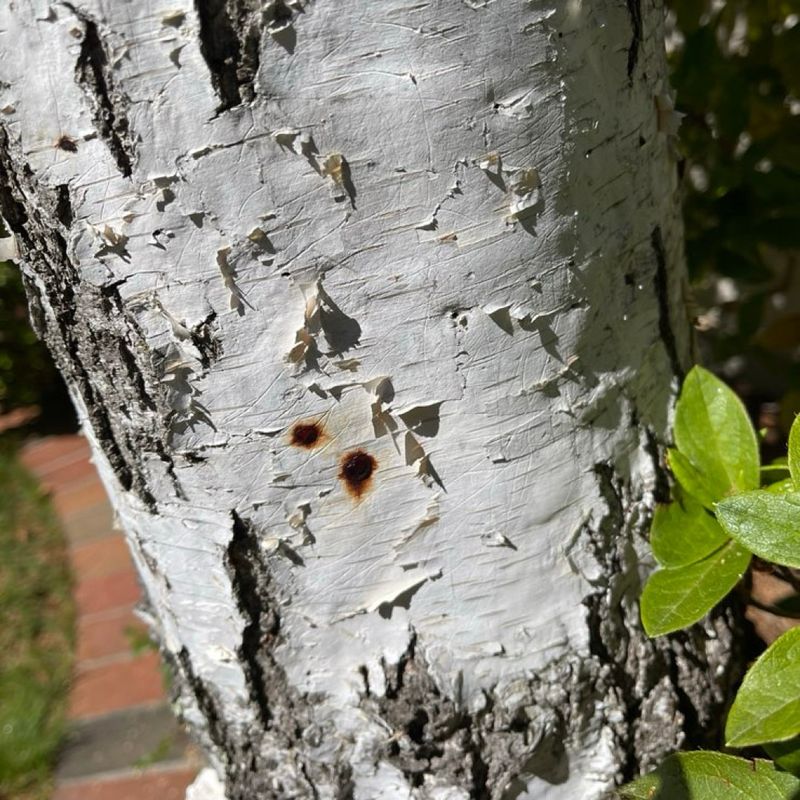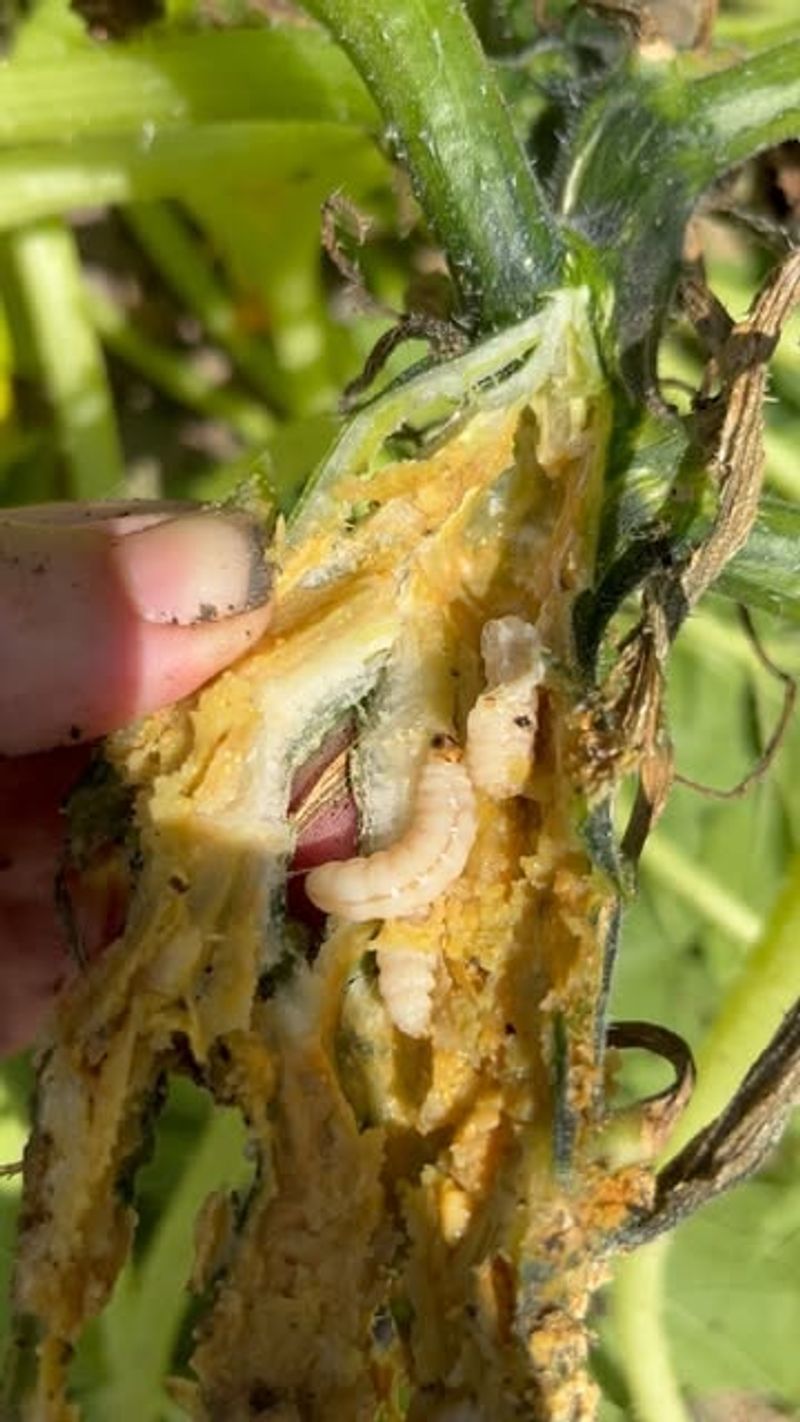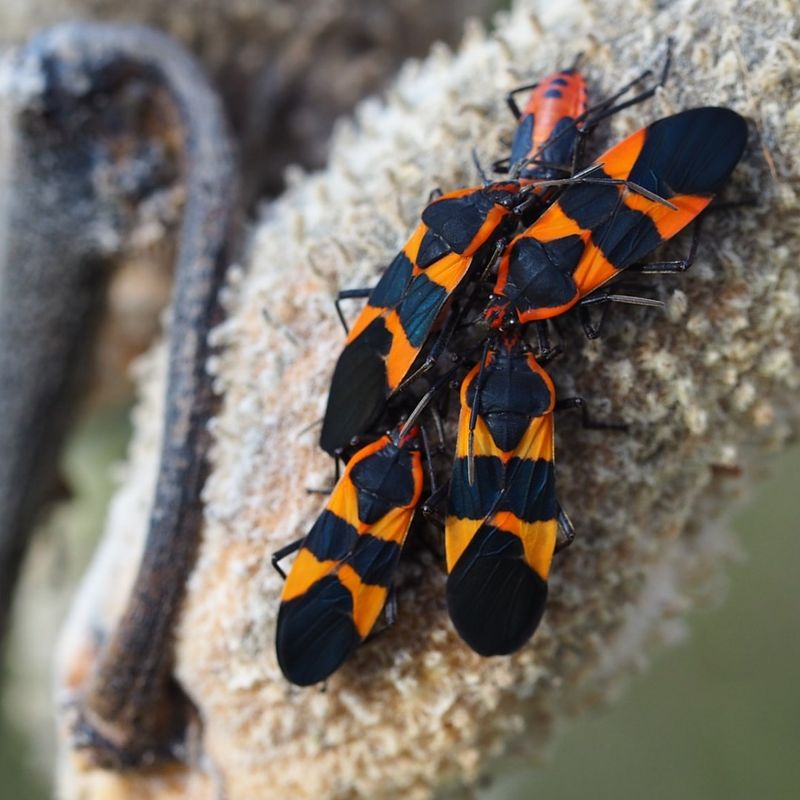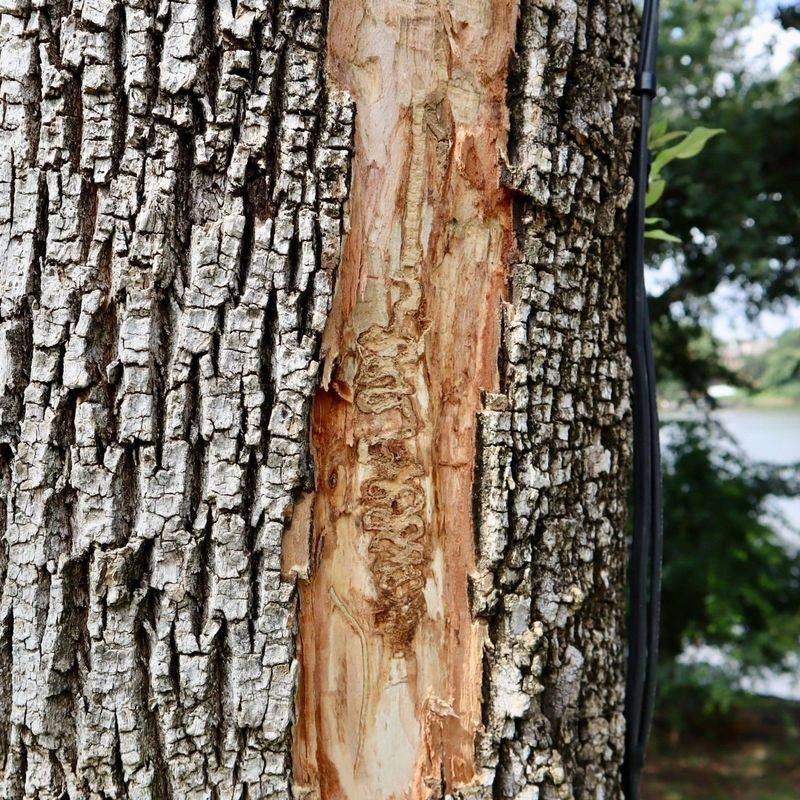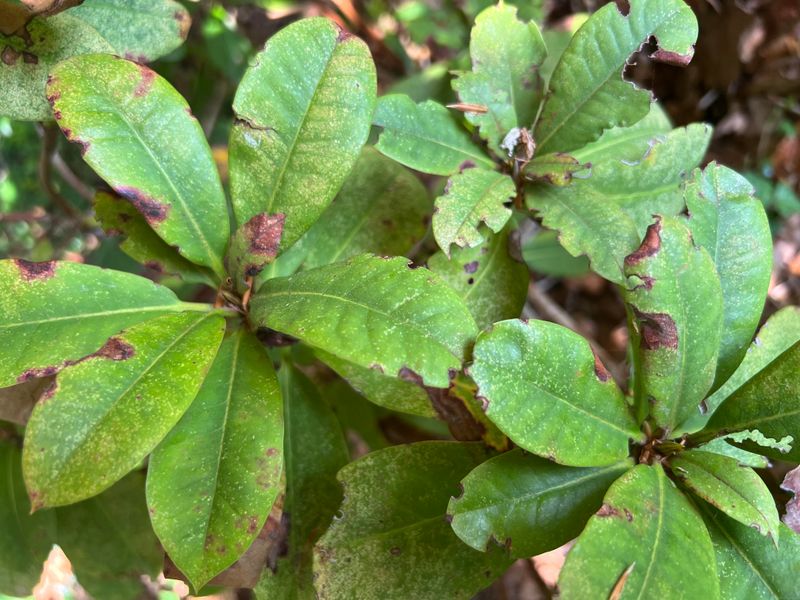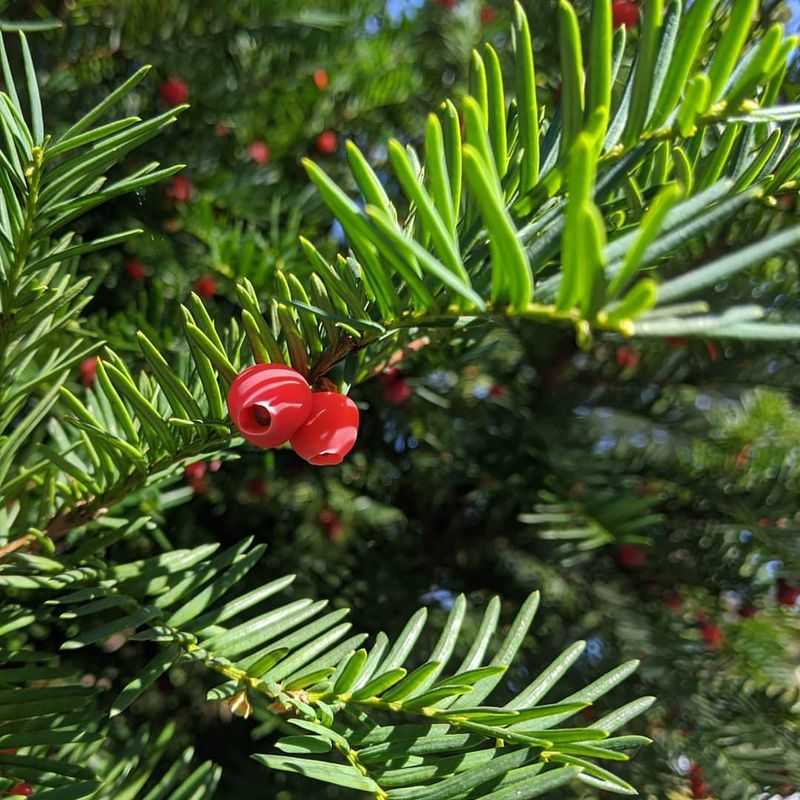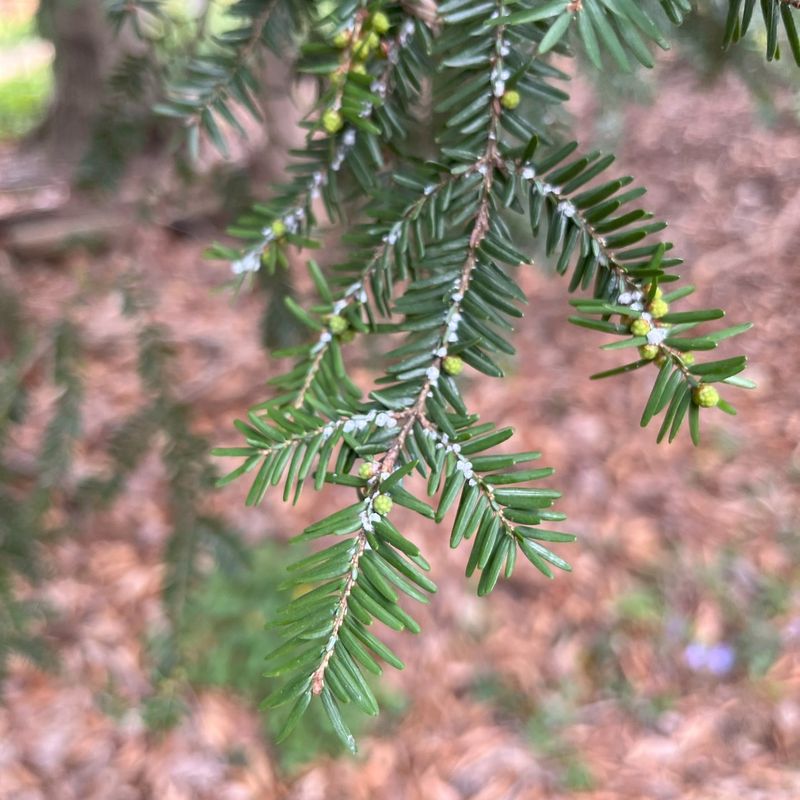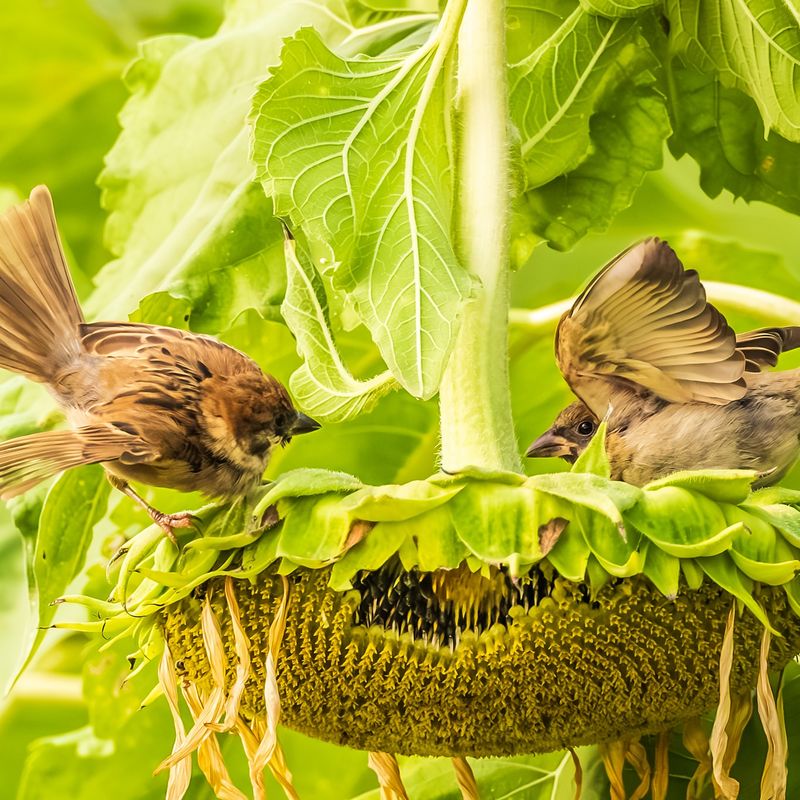Not all garden plants are as innocent as they look. Some popular picks can silently attract destructive pests—drawing them right into your yard.
From insects that ruin vegetables to bugs that bite, these plants invite trouble before you even realize what’s happening. Knowing what to avoid can save your garden from serious damage.
1. Maple Trees Invite Asian Longhorned Beetles
Majestic maple trees serve as prime real estate for destructive Asian longhorned beetles. These invasive pests tunnel deep into the tree’s core, slowly killing it from the inside out.
The beetles leave dime-sized, perfectly round exit holes and sawdust-like material at the base of infested trees. Once established, these pests can spread to nearby healthy trees, potentially devastating entire neighborhoods of shade trees.
2. Roses Harbor Spider Mites
Behind those gorgeous blooms, roses often become home to tiny spider mites that multiply at alarming rates. You’ll notice fine webbing on the undersides of leaves and yellowing foliage as these microscopic vampires suck the life from your plants.
A severe infestation can weaken roses substantially, making them vulnerable to other diseases. Spider mites thrive especially during hot, dry weather when their populations can explode within days.
3. Oak Trees Attract Gypsy Moths
Stately oak trees rank among the top targets for voracious gypsy moth caterpillars. During outbreaks, these fuzzy pests can completely strip a mature oak of its leaves in just a few weeks.
The caterpillars have distinctive blue and red spots along their backs and can cause skin irritation when handled. Female moths lay conspicuous tan-colored egg masses containing hundreds of eggs on tree trunks, which survive winter to hatch the following spring.
4. Fruit Trees Lure Stinging Wasps
Ripe apples, peaches, and pears send out irresistible signals to aggressive yellow jackets and hornets. Fallen fruit quickly ferments, creating a wasp paradise right in your backyard.
Unlike honeybees, these wasps can sting repeatedly without dying, making them particularly dangerous. The sweet scents attract wasps from surprising distances, sometimes bringing them from nests hundreds of yards away to feast on your fruit.
5. Tomato Plants Summon Hornworms
Garden-fresh tomatoes come with an unwelcome guest – the massive tomato hornworm. These green caterpillars grow up to 4 inches long and can demolish tomato foliage overnight.
Their camouflage makes them nearly invisible until significant damage occurs. The adult form is the five-spotted hawk moth, which hovers like a hummingbird at dusk. Each hornworm can consume an amount of foliage equal to its body weight daily.
6. Hibiscus Flowers Draw Aphid Armies
Vibrant hibiscus blooms act like magnets for destructive aphid colonies. These tiny sap-suckers cluster on buds and new growth, leaving behind sticky honeydew that attracts ants and promotes black sooty mold.
A female aphid can produce up to 80 offspring in a week without mating. Their rapid reproduction means a few unnoticed aphids today can become thousands covering your plants tomorrow, stunting growth and deforming beautiful flowers.
7. Birch Trees Succumb to Bronze Borers
Elegant white birch trees face a deadly enemy in bronze birch borers. These metallic beetles lay eggs in bark crevices, and their larvae create winding tunnels that cut off the tree’s nutrient flow.
Signs include D-shaped exit holes in the bark and dieback starting at the crown. Stressed trees in sunny locations are particularly vulnerable. Once these borers establish themselves, the beautiful birch typically dies within 2-3 years.
8. Squash Plants House Vine Borers
Squash plants hide a devastating secret – the squash vine borer. The adult moth resembles a wasp and lays eggs at the base of plants, where hatching larvae tunnel inside stems.
Suddenly wilting vines despite adequate watering signals their presence. Cutting open affected stems reveals the white, grub-like borers and their sawdust-like frass. A single borer can kill an entire plant by blocking water and nutrient transport through the stem.
9. Elm Trees Battle Bark Beetles
Majestic elm trees face a deadly partnership between tiny bark beetles and Dutch elm disease. These beetles carry fungal spores as they create breeding galleries beneath the bark.
The fungus spreads through the tree’s water-conducting vessels, causing leaves to yellow and wilt branch by branch. A single infected beetle can doom a century-old elm within one growing season. The beetles are attracted to stressed trees but will eventually attack healthy specimens too.
10. Milkweed Attracts Toxic Insects
Butterfly-friendly milkweed harbors some unwelcome guests – oleander aphids and milkweed bugs with bright warning colors. These insects absorb the plant’s toxic compounds, becoming poisonous themselves.
Pets curious enough to chase and catch these bugs can experience vomiting and lethargy. The bright orange oleander aphids reproduce rapidly, sometimes covering stems completely. Their toxic nature means even predatory insects often avoid eating them.
11. Raspberry Bushes Welcome Japanese Beetles
Sweet raspberry patches become feeding grounds for destructive Japanese beetles. These metallic green pests skeletonize leaves, leaving behind only the leaf veins in a lace-like pattern.
Adult beetles release powerful pheromones that attract more beetles to the feeding site. Their grubs live in lawn soil, feeding on grass roots before emerging as adults. A single Japanese beetle can visit multiple plants in your garden, spreading damage throughout your landscape.
12. Cucumber Plants Suffer From Bacterial Wilt
Cucumber vines fall victim to cucumber beetles that spread deadly bacterial wilt. These yellow-striped or spotted beetles feed on leaves but cause their worst damage by transmitting disease.
Infected plants wilt suddenly as bacteria multiply inside stem vessels, blocking water movement. The telltale sign: cut stems ooze a sticky substance that forms a thread when touched with a tool. Once infected, there’s no cure, and the bacteria can persist in beetles over winter.
13. Ash Trees Fall To Emerald Ash Borers
Stately ash trees across North America have met their match in the emerald ash borer. This invasive, metallic-green beetle lays eggs in bark crevices, and larvae create S-shaped tunnels beneath the bark.
Trees show thinning canopies and unusual woodpecker activity as birds hunt for larvae. D-shaped exit holes appear as adults emerge. The beetle has killed hundreds of millions of ash trees since its accidental introduction, fundamentally changing forest compositions in affected areas.
14. Rhododendrons Harbor Lace Bugs
Gorgeous rhododendrons often conceal populations of lace bugs underneath their leaves. The damage appears as yellow stippling on leaf tops, while the undersides host the insects and their black, tar-like droppings.
These sap-feeding pests have delicate, lace-like wings and cause leaves to appear bleached. Severe infestations can stress plants enough to reduce flowering. Lace bugs thrive particularly on rhododendrons planted in sunny, exposed locations rather than their preferred partial shade.
15. Yew Bushes Contain Deadly Toxins
Common yew shrubs present a serious danger to pets and livestock with their toxic berries and needles. All parts except the red aril around the seed contain taxine alkaloids that can cause sudden death.
Animals may be attracted to the bright red berries or fresh clippings. As little as a mouthful can be fatal to horses or dogs. The toxins work so quickly that affected animals are often found dead near the plant without showing prior symptoms.
16. Hemlock Trees Host Woolly Adelgids
Majestic hemlock trees fall victim to tiny hemlock woolly adelgids, appearing as white, cotton-like masses on the undersides of branches. These invasive insects from Asia suck sap from the base of needles.
Infested trees show thinning foliage and gray-green color instead of deep green. Without treatment, trees typically die within 4-10 years of infestation. The adelgids can kill trees of any age or size, threatening entire forest ecosystems where hemlocks provide crucial habitat.
17. Sunflowers Invite Seed-Eating Birds
Cheerful sunflowers become natural bird feeders as their seeds mature, attracting flocks of seed-eating birds. While this seems harmless, these birds often carry mites, ticks, and other parasites.
Bird droppings beneath feeding areas can harbor harmful bacteria and fungal spores. The concentrated bird activity near homes increases the risk of parasites finding their way to pets or people. Some birds may also damage other garden plants while waiting for sunflower seeds to ripen.

